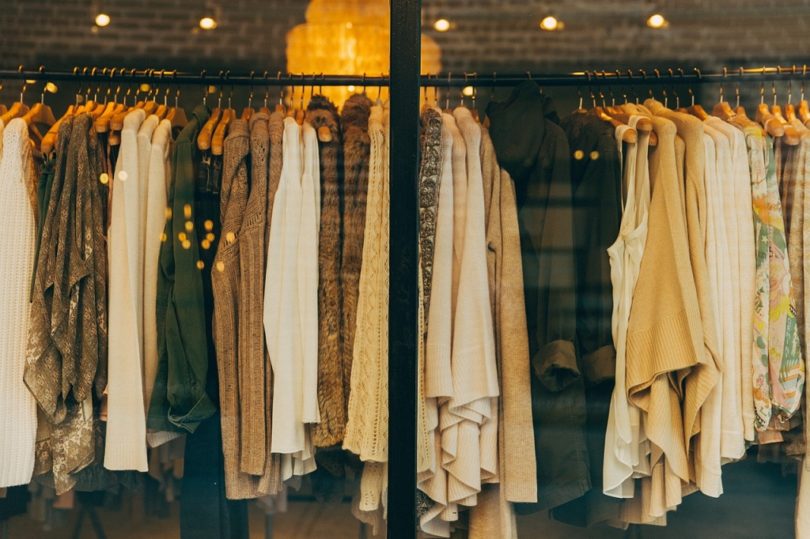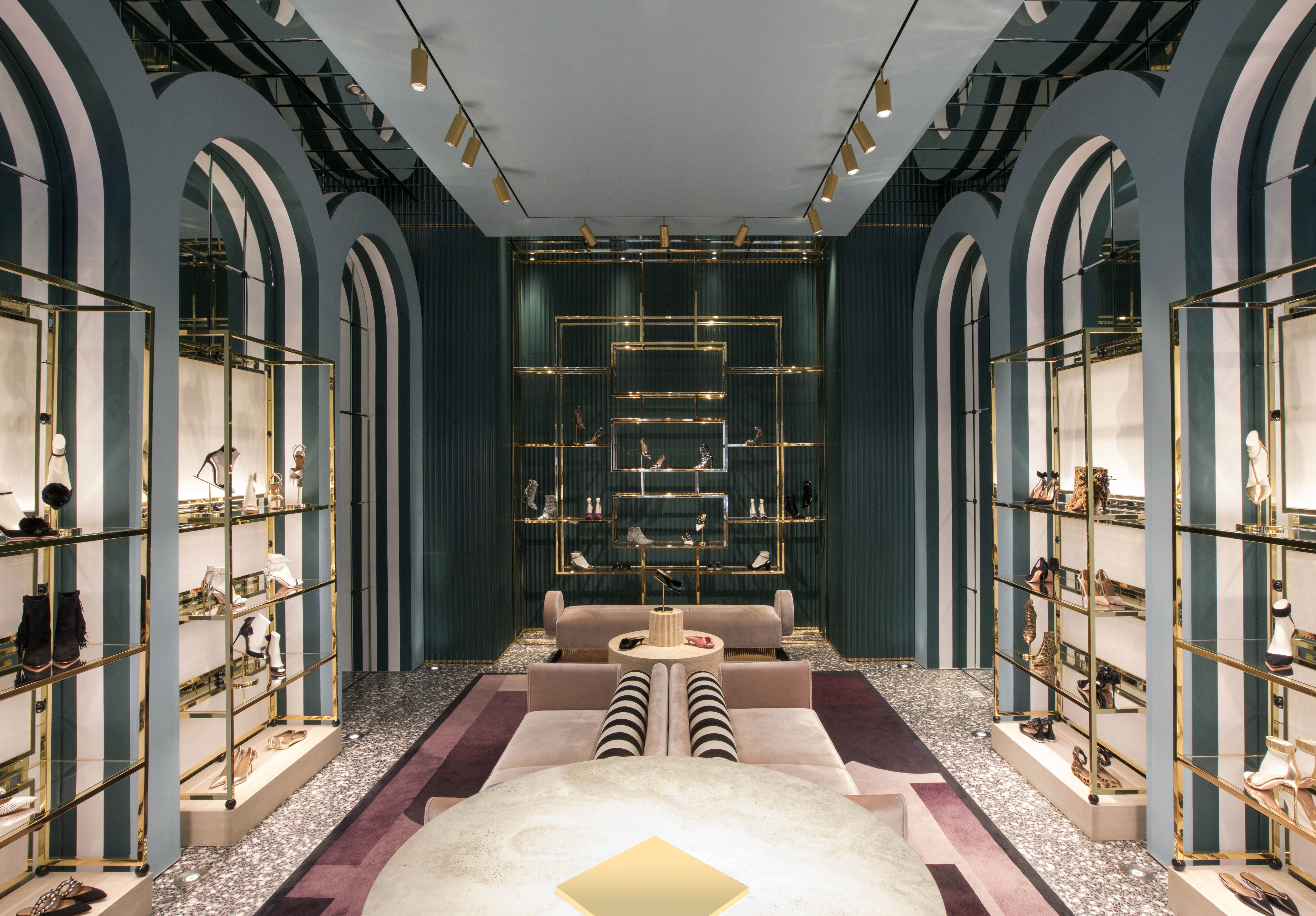Check Out the most up to date Patterns in Boutique Fashion for Every Season
Check Out the most up to date Patterns in Boutique Fashion for Every Season
Blog Article
Checking Out the Advancement and Influence of Garments on Modern Fashion Trends
The evolution of garments has dramatically influenced modern fashion trends, merging historical precedents with sophisticated innovations. Iconic numbers like Coco Chanel and Yves Saint Laurent transformed the garment industry by presenting concepts that prioritize convenience and accessibility, which proceed to resonate today. Technological strides in areas such as 3D printing and smart textiles are redefining layout possibilities and consumer experiences (boutique fashion). Furthermore, the growing emphasis on inclusivity and sustainability is improving industry standards. As we consider these diverse influences, one need to doubt how these aspects jointly redefine style's role in reflecting and forming contemporary society.
Historic Fashion Influencers
In the tapestry of fashion history, particular numbers have left an indelible mark, shaping the fads and designs that specify whole ages. Coco Chanel, an advanced designer, redefined women's fashion by presenting comfortable, sophisticated clothes that departed from restrictive corsets.
Elsa Schiaparelli is an additional crucial figure, renowned for her progressive styles that included surrealist art, collaborating with Salvador Dalí to develop whimsical items that tested conventional looks. Her ingenious usage of shade and strong patterns resounds in modern style. Yves Saint Laurent, on the other hand, equalized high style with prêt-à-porter collections, bringing runway designs to the masses and establishing a precedent for contemporary ready-to-wear lines.
These dreamers, to name a few, not only reinvented fashion in their times but additionally set enduring fads that reverberate in today's garment industry, giving a structure upon which modern designers continue to build and innovate. Their legacies highlight the relevance of imagination and bold in vogue's ever-evolving narrative.
Technological Advancements in Fashion
Among the dynamic landscape of the garment industry, technological innovations stand at the leading edge of technology, reshaping exactly how developers create and consumers engage with style. The combination of 3D printing has transformed layout processes, allowing designers to trying out complex structures and sustainable products that were previously inconceivable. This innovation assists in fast prototyping, reducing waste and speeding up production times.

Smart textiles, embedding innovation into fabrics, are likewise changing the market. Developments like self-cleaning and temperature-regulating textiles supply boosted capability and comfort. Wearable technology, integrating functions like fitness tracking and interaction, adds a brand-new measurement to fashion, combining aesthetic appeals with functionality.
Cultural Shifts and Design
As technical improvements proceed to improve the style industry, cultural shifts are equally influential, redefining design and consumer preferences. In recent years, the surge of social media sites platforms has increased the circulation of international fashion trends, enabling varied cultural impacts to merge and exist side-by-side. This electronic interconnectivity has actually helped with the fast exchange of ideas, resulting in a much more comprehensive and eclectic analysis of style that mirrors the diverse nature of modern society.
Social understanding and appreciation have motivated designers to attract ideas from a broader range of historic and ethnic contexts, integrating conventional motifs with contemporary aesthetic appeals. This combination has resulted in fashion that resonates with a wider audience, promoting a sense of identification and belonging across various demographics. Furthermore, the raising demand for personalization has actually driven brand names to supply customizable options, enabling consumers to reveal uniqueness while reflecting their social heritage.
Furthermore, changing societal values have actually impacted fashion, with inclusivity and diversity becoming main motifs. The industry has actually started to accept models and influencers of various body types, ethnic backgrounds, and sex identities, tough standard appeal standards. This change highlights the power of cultural changes fit the future of fashion, as style becomes a much more authentic expression of collective and individual identification.
Sustainability and Modern Style
While the fashion sector continues to advance, the crucial for sustainability has ended up being increasingly immediate, influencing modern-day layout techniques. The rise of slow-moving style, which stresses top quality over quantity, urges customers to spend in ageless pieces instead than transient trends.
Furthermore, modern style is defined by its innovation in decreasing waste and promoting circularity. This technique not only minimizes ecological click over here impact yet likewise improves the social obligation of style houses.

Future Trends in Fashion

Sustainability will certainly continue to be a driving force in forming future fashion fads. The sector the original source is increasingly adopting environment-friendly products and moral manufacturing techniques, responding to a growing consumer demand for accountable methods. Technologies such as bio-fabricated materials and closed-loop recycling systems are readied to redefine exactly how clothing is created and taken in, reducing ecological influence while maintaining design and high quality.
Social shifts, consisting of the rise of inclusivity and diversity, will certainly likewise play a critical duty. As society comes to be more familiar with social concerns, style is expected to become a platform for expression and adjustment. Developers will likely focus on producing collections that reflect a broader series of identifications and experiences, promoting depiction and ease of access.
Verdict
The evolution of clothing dramatically impacts modern style trends, where historical influences merge with modern layouts. This recurring evolution highlights style's function as a mirror to social values and technological development, recommending a future rich with technology and inclusivity.
The advancement of garments has substantially affected modern-day fashion fads, combining historic criteria with advanced innovations.In the middle of the dynamic landscape of the fashion industry, technical improvements stand at the leading edge of development, improving exactly how designers create and customers engage with fashion.While the fashion sector proceeds to evolve, the necessary for sustainability has ended up being increasingly immediate, affecting contemporary style methods. As sustainability becomes ingrained in contemporary style, it leads the way for a much more accountable and aware style market.
The advancement of apparel significantly impacts modern style patterns, where historic influences merge with modern layouts.
Report this page